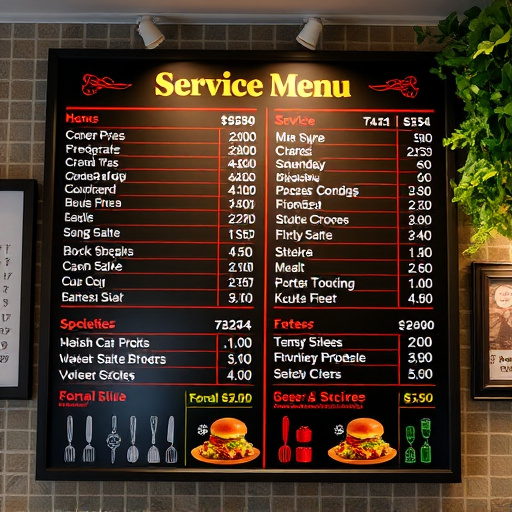Strategic relocation of Intake Air Temperature Sensors (IATS) is crucial for maintaining accurate temperature readings in systems like automotive and HVAC. Changes in airflow, heat exchange dynamics, sensor positioning, and environmental factors can impact reading accuracy. To prevent disruptions, consider minimal interference from heat sources or cold spots, calibrate sensors after relocation, and adjust settings during maintenance. Regular calibration of temperature instruments is also essential to ensure precise data for critical applications.
Temperature reading accuracy is paramount in various industries, from automotive to climate control. This article delves into the critical aspect of intake air temperature (IAT) sensor accuracy and explores how their relocation can significantly impact overall system performance. We’ll discuss best practices to ensure reliable temperature measurements, focusing on the intricacies of IAT sensors and their strategic positioning for optimal results. By understanding these factors, professionals can enhance efficiency and precision in temperature-controlled environments.
- Understanding Temperature Reading Accuracy: The Role of Intake Air Temperature Sensors
- Relocating Sensors: Impacts and Considerations for Enhanced Accuracy
- Best Practices for Ensuring Optimal Temperature Measurement Reliability
Understanding Temperature Reading Accuracy: The Role of Intake Air Temperature Sensors

In the pursuit of accurate temperature readings, understanding the intricacies of intake air temperature sensors (IATS) is paramount, especially when considering their strategic placement or relocation. These sensors play a pivotal role in various systems, from automotive engines to industrial processes, by providing real-time data on the temperature of incoming air. Their precision directly impacts overall system efficiency and performance.
Relocating IATS can significantly influence reading accuracy due to changes in airflow patterns and heat exchange dynamics. Factors such as sensor positioning, proximity to heat sources or cold spots, and potential obstructions can all contribute to variations in measured temperatures. Therefore, when evaluating or modifying the placement of these sensors, it’s crucial to consider these factors meticulously to ensure data integrity and optimal system operation.
Relocating Sensors: Impacts and Considerations for Enhanced Accuracy

Relocating intake air temperature sensors can significantly impact reading accuracy, particularly in automotive and HVAC applications. When sensors are moved from their original positions, they may encounter different environmental conditions, such as varying air flow patterns or exposure to new surroundings, which can affect their performance. For instance, a sensor previously located in a more controlled environment might experience greater fluctuations in temperature when relocated to an area with more direct sunlight or higher humidity.
Considerations for enhanced accuracy include careful selection of the new sensor location, ensuring minimal interference from external factors like heat sources or cold spots. Additionally, calibration after relocation is crucial to maintain precise readings. In automotive settings, this might involve retesting and adjusting the sensor during routine maintenance to account for any shifts in temperature measurements due to the changed position.
Best Practices for Ensuring Optimal Temperature Measurement Reliability

To ensure optimal temperature measurement reliability, several best practices should be followed. One key strategy is the strategic intake air temperature sensors relocation. By positioning sensors away from direct heat sources or cold spots within an environment, measurements become more accurate and consistent. This minimizes the impact of ambient conditions that can skew readings.
Additionally, regular calibration of temperature instruments is vital. Even the most advanced sensors can drift over time, leading to accumulated measurement errors. Calibration ensures that these sensors provide precise data, maintaining the reliability of temperature readings critical for various applications, from automotive systems to industrial processes.
In conclusion, enhancing temperature reading accuracy is pivotal for ensuring optimal performance in various applications. Understanding the critical role of intake air temperature sensors and their relocation strategies is essential. By implementing best practices and considering the impacts of sensor positioning, we can achieve more reliable temperature measurements. Relocating these sensors can significantly improve accuracy, making it a game-changer for industries relying on precise thermal data.














